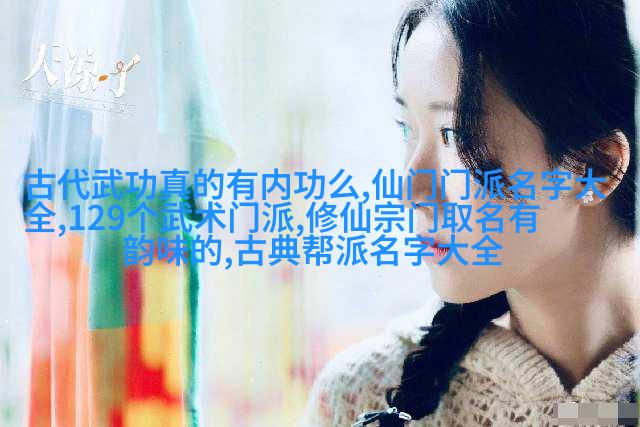

苏家拳的传奇历史可以追溯到明朝正德年间(大约公元1506年),由一位杰出的武术家舒裁缝在河南创立。他的弟子苏金财和苏金祥将这门拳法带到了四川,并经过长时间的刻苦训练和不断改进, eventually creating the distinctive style of Su Jiaquan. By the end of the Qing dynasty, a renowned martial artist named Peng Xiaoxin, also known as Peng Shui Lao Liu, learned Su Jiaquan in his hometown of Rongchang and later became a celebrated instructor in the region. He was the 23rd generation successor to Su Jiaquan's teachings.

Peng Shui Lao Liu passed on his knowledge to Chen Zizhuang, Peng Youqi (his adopted son), Cheng Bucun, Yang Chengzhi and others who were all part of the 24th generation. These individuals then trained Chen Zizhuang's sons – Peng Yinbing, Peng Yinxi and Peng Yinqu – along with Li Zhenglun and Cao Yeguang who were all part of the 25th generation.
The lineage continued with Li Zhenglun passing on his skills to Pang Zhiyong (his adopted son), Zhang Guangcai and Xie Xiangguang who were all part of the 26th generation. The art form has since been preserved through generations by adherents such as Pang Zhijian (the grandson) and Wang Jingruo.

Su Jiaquan is characterized by its emphasis on balance in stances ('shen zhuang zhong zheng'), clear distinction between punches ('quanshang fen ming') and kicks ('tizu fen chang'), open yet harmonious movements ('da ka da he'), reliance on close-range combat ('nian shen jing zuo') rather than long-range attacks. Techniques are centered around 'liu shen' body movements combined with 'liu jue' leg techniques that often result in an illusion that there are no visible legs being used for attack or defense akin to those found within 'jiao jiao' footwork patterns like 'he li'.
Footwork incorporates techniques such as "suì jiǎo" which involves rapid advances forward while keeping one's center grounded firmly; this allows practitioners to quickly transition between different fighting stances without losing their footing or stability.

In terms of technique itself, it emphasizes both direct hits ("chū lù") followed up by swift counterattacks ("xīng cuì kuài sù"). It combines fists ("quán") with elbows ("jiāo"), utilizing various body positions while simultaneously employing six different types each for both arms ("lǐng shēn") & legs("yè yè"). This unique blend results in an extremely versatile system where fighters can seamlessly switch from defensive postures into offensive maneuvers at any given moment during combat.
This particular style maintains several distinct features including its focus on maintaining equilibrium throughout movement while transitioning seamlessly between different forms making it highly adaptable & effective against multiple opponents.

Additionally ,it encompasses numerous strategies involving fluid transitions from offense back into defense thereby rendering it difficult for adversaries to anticipate subsequent actions effectively.
Its intricate fusion enables users maintain control over every action they take thus maximizing potential effectiveness & minimizing vulnerability

Overall ,this ancient discipline embodies not only physical prowess but also mental fortitude . Its origins dating back centuries have allowed countless individuals throughout history develop remarkable skills within these realms
It stands out among other styles due primarily because its ability adaptability allowing practitioners overcome various challenges presented during sparring sessions
Furthermore ,its significance extends beyond mere physical prowess extending towards spiritual enlightenment through rigorous practice thus elevating one’s overall well-being